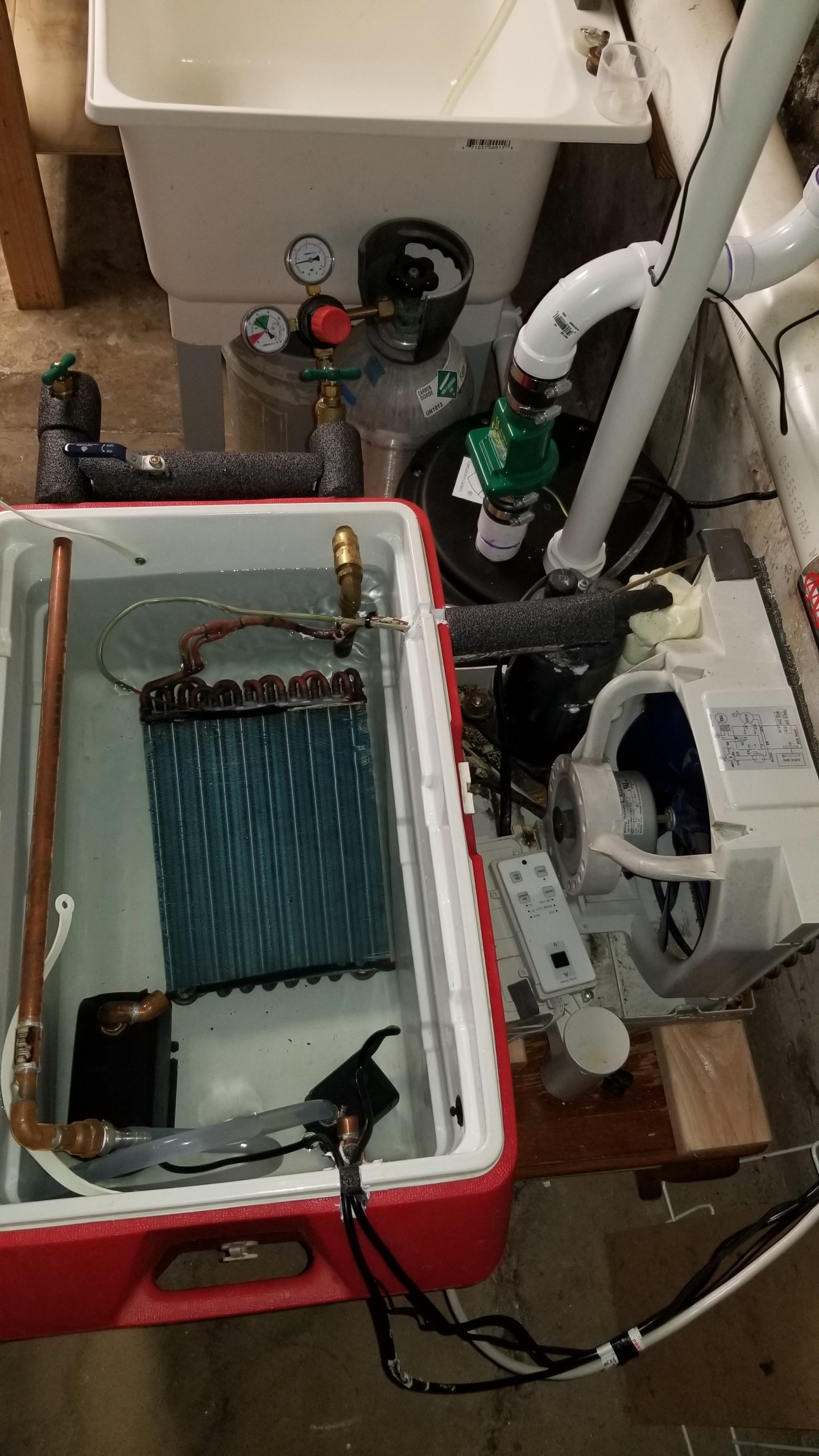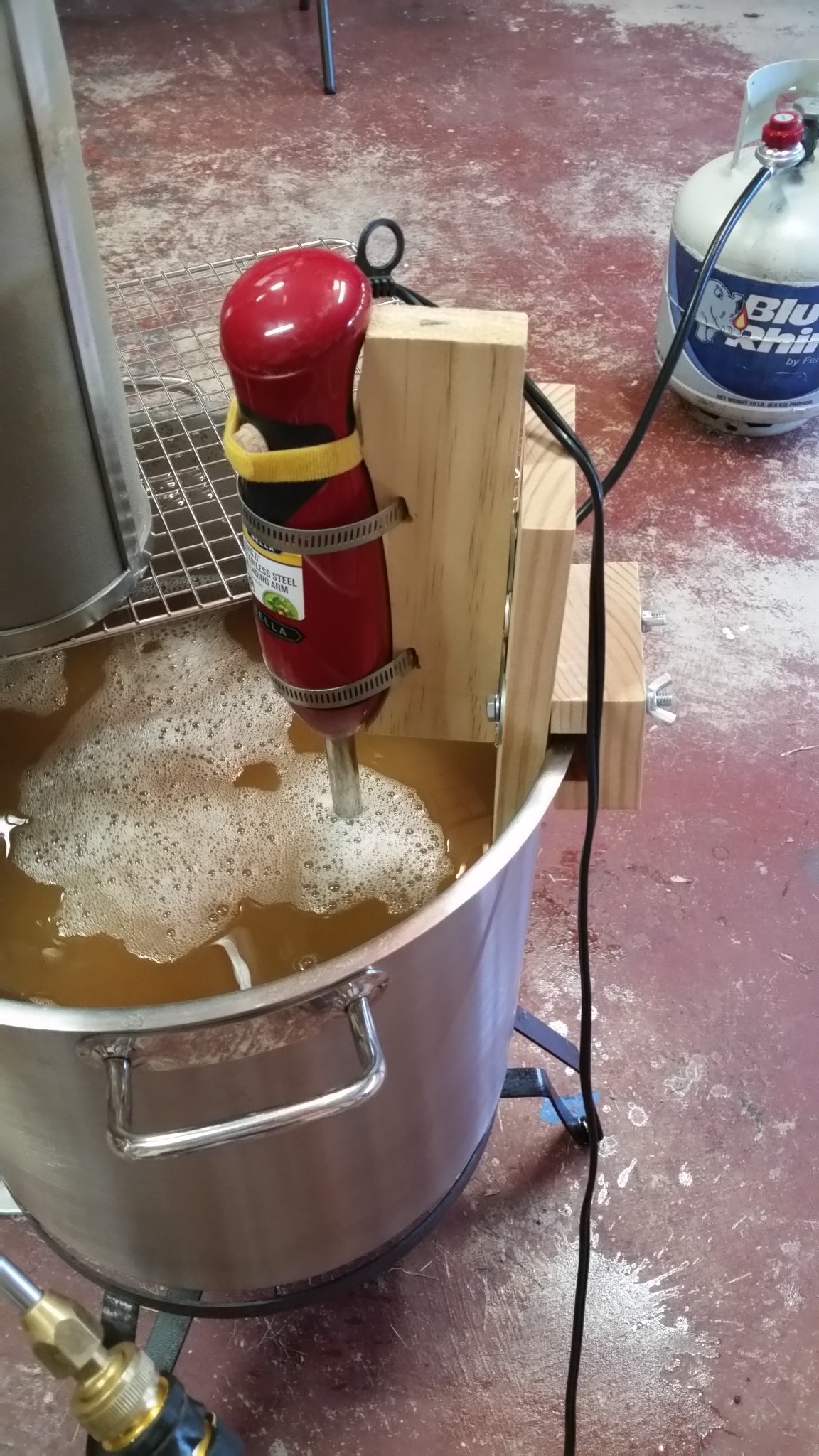Hi All,
wanted to post to see if people had some really good cooling solutions that save water and are inexpensive. I also wanted to share an idea I had and wanted to get some feedback.
my idea:
I was thinking of getting some glycol and making a glycol/water combination and putting it in a freezer in a cooler to get as cold as possible (this would act to get it below freezing temperature and make it thicker so it absorbs more heat). I would use this to pump into my wort chiller and have it exit into another cooler filled with ice. I think some combination like this might work, even though this might be better for late cooling (from 110 - 65). Thoughts? I like this as it allows me to reuse the water/glycol solution and has minimal water waste.
I haven’t made the investment in a plate chiller due to concerns over clogs.
happy to hear any suggestions.
thanks!
wanted to post to see if people had some really good cooling solutions that save water and are inexpensive. I also wanted to share an idea I had and wanted to get some feedback.
my idea:
I was thinking of getting some glycol and making a glycol/water combination and putting it in a freezer in a cooler to get as cold as possible (this would act to get it below freezing temperature and make it thicker so it absorbs more heat). I would use this to pump into my wort chiller and have it exit into another cooler filled with ice. I think some combination like this might work, even though this might be better for late cooling (from 110 - 65). Thoughts? I like this as it allows me to reuse the water/glycol solution and has minimal water waste.
I haven’t made the investment in a plate chiller due to concerns over clogs.
happy to hear any suggestions.
thanks!













































![Craft A Brew - Safale BE-256 Yeast - Fermentis - Belgian Ale Dry Yeast - For Belgian & Strong Ales - Ingredients for Home Brewing - Beer Making Supplies - [3 Pack]](https://m.media-amazon.com/images/I/51bcKEwQmWL._SL500_.jpg)















